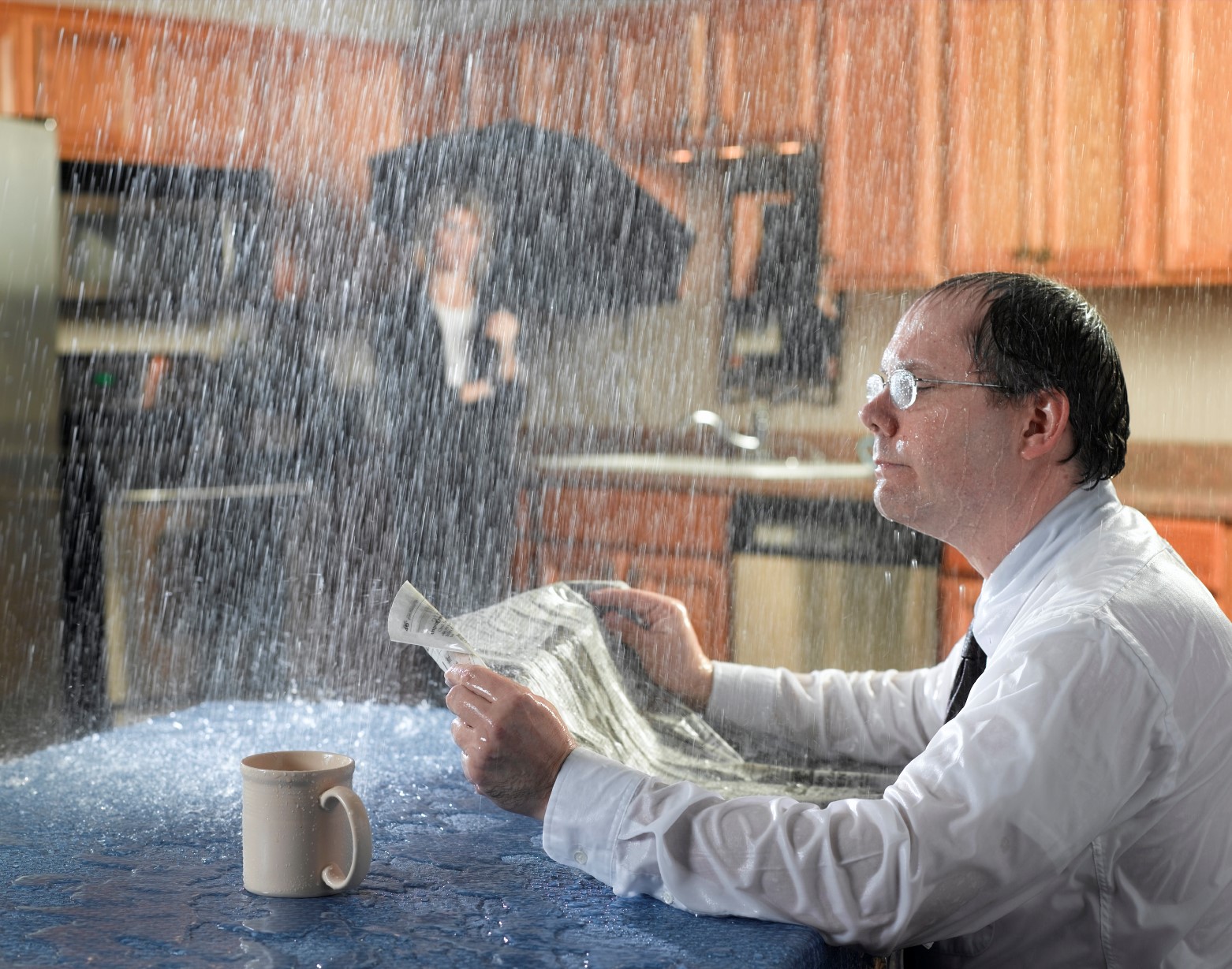Revealing Common Triggers Behind Residential Water Leak Problems
Revealing Common Triggers Behind Residential Water Leak Problems
Blog Article
Nearly everybody may have their personal perception about How to detect water leaks in your home.

Leaks not just cause waste of water yet can also trigger unneeded damages to your home and also advertise unwanted natural growth. However, water leakages could go undetected considering that the majority of the pipework in our home is hidden. By understanding and looking for everyday situations that create leaks, you can secure your house from future leakages as well as unnecessary damages. Today, we will check out 6 leakage creates that might be triggering your pipelines to drip.
Instantaneous temperature modifications.
Severe temperature level changes in our pipelines can trigger them to increase and also contract all of a sudden. This expansion and also contraction may cause splits in the pipes, particularly if the temperature level are below freezing. If you kept an eye on just how your plumbing functions, it would be best. The presence of the formerly discussed situations regularly indicates a high threat.
Rusty water supply
This could be the reason of discoloration or warping on your water pipelines. If our plumbing system is old, think about changing the pipelines since they are at a greater danger of rust than the newer designs.
Defective Pipeline Joints
The point at which your pipes connect is often the weakest link in the waterline. Pipeline joints can degrade gradually, leading to water leaks. Unfortunately, the majority of pipe joints are not conveniently noticeable. If you have loud pipes that make ticking or banging sounds, especially when the hot water is activated, your pipe joints are most likely under a great deal of stress. It is suggested to have your plumber check your system once a year.
Elbowing in origins
Many water leaks start outside your house rather than inside it. If you see an unexpected reduction in water pressure, state in your faucet, take time to go out and examine your lawn. You might discover damp spots or sinkholes in your lawn, and that could suggest that tree roots are attacking water lines creating water to seep out. You can have your plumber check for invasion, particularly if you have trees or bushes near your property.
Poor Water Connectors
At times, a leak can be caused by loose pipes and pipelines that supply your home appliances. In case of a water connections leakage, you may see water running directly from the supply line or pools around your home appliances.
Obstructed Drains
Obstructed drains may be bothersome and also inconveniencing, yet they can often wind up causing an overflow causing break pipelines. Keep getting rid of any products that might go down your drains that could clog them to stay clear of such hassles.
All the above are reasons for leakages however not all water leaks arise from plumbing leaks; some leaks may originate from roof covering leaks. All leaks must be repaired quickly to stay clear of water damages.
Leaks not only cause waste of water yet can likewise create unneeded damages to your home as well as promote undesirable organic development. By looking and also recognizing for daily circumstances that cause leakages, you can safeguard your residence from future leakages and unneeded damages. Today, we will certainly look at 6 leakage creates that may be causing your pipes to drip.
At times, a leak can be created by loose pipes and also pipes that provide your devices. In instance of a water links leak, you might discover water running straight from the supply line or pools around your devices.
How To Check For Water Leak In Your Home
How To Check for Leaks
The average household's leaks can account for nearly 10,000 gallons of water wasted every year and ten percent of homes have leaks that waste 90 gallons or more per day. Common types of leaks found in the home are worn toilet flappers, dripping faucets, and other leaking valves. These types of leaks are often easy to fix, requiring only a few tools and hardware that can pay for themselves in water savings. Fixing easily corrected household water leaks can save homeowners about 10 percent on their water bills.
To check for leaks in your home, you first need to determine whether you're wasting water and then identify the source of the leak. Here are some tips for finding leaks:
Take a look at your water usage during a colder month, such as January or February. If a family of four exceeds 12,000 gallons per month, there are serious leaks.
Check your water meter before and after a two-hour period when no water is being used. If the meter changes at all, you probably have a leak.
Identify toilet leaks by placing a drop of food coloring in the toilet tank. If any color shows up in the bowl after 10 minutes, you have a leak. (Be sure to flush immediately after the experiment to avoid staining the tank.)
Examine faucet gaskets and pipe fittings for any water on the outside of the pipe to check for surface leaks.
Undetected water leaks can happen without the home or business owner even realizing. If you suspect a water leak, but not able to find the source. It is time to contact a professional water leak detection service, The Leak Doctor.
How To Find a Water Leak In Your Home
https://www.leakdoctor.com/blog/How-To-Check-For-Water-Leak-In-Your-Home_AE197.html

I was introduced to that editorial on How to Find Water Leaks from someone on another website. Make sure you take the opportunity to distribute this article if you enjoyed it. I truly appreciate reading our article about How to Find Water Leaks.
Best decision? Call us. Report this page